Behind the Scenes of Rolling Stone’s “Children of Scientology: Life After Growing Up in an Alleged Cult”
How a scrappy group of second-generation survivors built something real, with zero resources, all the paranoia, and more heart than we ever imagined.
Scientology child survivors and supporters gathered for a bite while in Brooklyn for a weekend of second generation connection, truth-telling, and rebuilding what Scientology took from us. Left to Right: Kate, Katrina Reyes, Len Zinberg, Aaron Smith-Levin, David Anthony, Sandra Bannister, Christi Gordon, Chris Shelton, supporter, Nathan Rich, Angel.
Back in June of 2019, a little digital article with a big heart slipped quietly into the pages of Rolling Stone online. Titled “Children of Scientology: Life After Growing Up in an Alleged Cult,” it didn’t make much of a splash at the time. It wasn’t a front-page expose, didn’t have celebrity pull quotes, or a dramatic raid or escape scene.
In fact, it whispered. It used the phrase “alleged cult” with a very polite capital A.
But it was ours.
What most people don’t know is the story behind how it came to be. Or how much it cost us (emotionally, financially, existentially). Or how close it came to not happening at all.
Getting media interested in children of Scientology is hard. Like, reporters have ghosted us for years “hard”. And that’s often after hearing our endless stories of abuse.
If you’re not a celebrity or Scientology royalty, or you didn’t narrowly escape with secret documents, or on a motorcycle, or write a book about any of it, or if your trauma is the slow-burn kind without visible bruises, you’re often told it’s not “story” enough.
Strange, but kids born in—raised inside—once grown and out, aren’t typically seen as a priority, or even credible. Our pain doesn’t come with documentation. Just feelings. Just years of brainwashing, gaslighting, family loss, trauma bonding, and no education. And add to that, parents that wake up and leave often don’t focus on the harm to thier kids first—sometimes not ever. A blind spot—or just too painful. Same for witnesses of harm to kids. In the grand scheme of things, it’s not thier priority, or responsibility.
Until that changes, we “kids” have to make it our priority—or else it doesn’t stop.
Innocent, vulnerable kids deserve better. So did we. We know that now.
Tristan Silverman, a friend and fellow ex Scientology second-gen survivor, had a friend dating a freelance journalist named Ash—a child survivor of another high control group herself. Tristan talked to Ash for months. And once Ash saw the story through our eyes, she got it. She agreed to take it on and pitch it to Rolling Stone.
Miraculously, they said yes.
And even then, we still emailed Rolling Stone directly to make sure she wasn’t some OSA plant (Scientology’s Office of Special Affairs has infiltrated whistleblower spaces as far back as I can recall).
Trust issues? Oh, yeah. We have those in spades.
We gave Ash everything. Books, policies, careful introductions to our child survivors, and then hundreds of hours of phone calls and interviews. Tristan spent months translating the alien language of Scientology so it made sense outside the bubble.
And Ash? She listened. She learned. She honored us.
There were moments we struggled to describe things like “potential trouble source”, “down-tone” or “out-ethics”, all concepts so baked into our bones that explaining them was like trying to define water to a fish.
Left to Right: Angel, Nathan Rich, Aaron Smith-Levin, Tristan Silverman, Chris Shelton, Amanda Rae, Christi Gordon, David Anthony, Kate.
Behind the scenes: brief breaks from our work cautiously opening up to journalist Ash as she patiently earned our trust—and a crash course in Scientology jargon.
What made this story different was that it wasn’t filtered through the usual media gatekeepers in our ex-Scientology community, and didn’t have the usual big names involved.
They either weren’t interested—or maybe we didn’t go through the “proper channels.” (Which felt a little too much like Scientology all over again.)
We just did it ourselves.
“We didn’t need permission. Finally realizing that—was a milestone.”
Ash planned to cover a website we were building called Children of Scientology, which I was desperately trying to finish with a small handful of other 2G’s (second gens)—to keep it grass roots. I say “we” loosely because I ended up building the damn thing myself in the end. All but Tristan, (in charge of copy) had dropped off (interrupted by life), so it was scotch taped together—very poorly. But it was up—and just in time.
Low quality recorded audio of a practice site launch exercise we recorded but never used (*adult language*)
To anchor the story, we invited Ash to a second-generation gathering we were planning in Brooklyn .. only our 4th. Many of us hadn't even met in person before, much less shared our stories this way, but our trust in each-other was growing along with our community, so meeting up in person was becoming something we looked forward to. The opposite of feeling isolated for so long.
Most of us were comfortable letting Ash sit in on part of the weekend. A few weren’t, and they bowed out. No hard feelings. We all have our lines in the sand.
Jamie DeWolf (great grandson of Scientology founder L Ron Hubbard) flew out to film it for us and create a keepsake to share on the website. In the end folks didn’t want to be filmed, so he just hung with us instead.
Couches, candles, and courage. Our Brooklyn gathering wasn't just group therapy—it was a milestone in healing. Left to Right: Aaron Smith-Levin, Nathan Rich, Jamie DeWolf, Chris Shelton, Tristan Silverman, Christi Gordon, Sandra Bannister, David Anthony, Katrina Reyes, Ash Sanders
The weekend, and bits we saw of New York was pure magic. New faces, old friends, long nights, and very little sleep.
Ferry to the City.
So much opening up.. and tears—even the dudes. It was a beautiful thing.
The group therapy session, led not only not by the most recently out but also youngest of us, “Susan”, showed just how brave the next generation of survivors can be, and how quickly they could “wake up” and evolve.
We navigated shame, fear, hope, but also relief. It was the kind of healing most of us hadn’t done yet, or even dared to hope for.
Ash recorded the audio (with permission), observed, and later gave us final say on names and details. She honored our boundaries completely.
The cost? Flights. Food. Cabs. AirBnBs. Most of all—trust and vulnerability.
The emotional reward? Priceless.
Moments of levity. Left to Right: Nathan Rich, Angel, Aaron Smith-Levin, Chris Shelton, Katrina Reyes, Kate, Sandra Bannister.
Tristan Silverman (the heart, soul, and brains behind this story) and Chris Shelton aka “ideas are bulletproof” guy—deep in discussion.
When the article finally came out—after a year of writing, and a year of editing—it was quiet. Digital only. Safe language. No media circus. Some folks were disappointed. Why so soft?
Looking back now though, I only see what a miracle it was.
Ash captured our hearts. She told the truth as best she could in the space allowed.
The story got us visible. It was like the moment in Horton Hears a Who, when all the tiny Whos on their speck of a clover cry out together in unison—"We are here! We are here!"—and someone finally hears them.
We are here! We are here! We are here!
Some folks in the piece stayed anonymous.
“Susan” (whose real name I can now share is Amanda Rae) eventually came out—when the time was right.
As expected—she lost her whole family.
“Abigail” disappeared into a new life, and a fresh start, never going public. I understand both paths. We all do.
Some of us speak out, hoping for closure or freedom from something we’ve kept locked away—full of pain and shame
Some of us just wanna put it behind us—move on, and not waste any more life on it—or looking backwards.
For me, the cost of speaking out was eventually dwarfed by the guilt of staying silent. I couldn’t sleep anymore knowing kids were still being born into this. Abused. Gaslit. Blamed. I had to act. Now.
Even if only a handful of people read the piece—and reached out, quietly, to say thank you—just knowing it’s out there is enough.
“We are here”… even if it’s only whispered.
When the story line was finally complete, Rolling Stone sent a professional photographer Justin Kaneps to shoot three of us: Tristan, “Abigail”, and myself. “Abigail” flew in from out of state. I drove over from Marin.
We met at Tristan’s loft in San Francisco and spent the day posing in awkward, dramatic setups—hands on each other's faces, terrible lighting angles, and eventually standing on rocks with waves crashing beneath us at Sutro Baths in the freezing wind.
Most of the photos were never used, but I treasure them all as brave mementos.
Tristan and I heading to the beach shoot. Makeup, nerves, and a little humor on the way.
Tristan bedazzled with my family’s Scientology jewelry—a giant minister's cross and two "clear" bracelets, that had belonged to my aunt and uncle from their Sea Org days.
By the end of the day, one bracelet had slipped off—lost to the ocean. Kind of poetic, actually—back to the depths of the Sea, from whence it came.
On the rocks—Tristan wearing my uncle’s Scientology minister’s cross—one of several relics we dug up for the shoot.
Trying to look composed while freezing, wet, and deeply over it, but anything for the shot.
Scrapbook with oodles of random Scientology childhood memories, family disconnection and other indoctrination gobbledygook, still tabbed and annotated by Leah Remini from the Scientology and the Aftermath episode “The Greatest Good” S2E8.
Abigail posed on the roof in a Sea Org stance she had been trained in—obscuring her face, wearing her hood. The images were so full of meaning.
On the rooftop ledge, in a military “at ease” pose—now repurposed as resistance.
Justin Kaneps, in action.
“Abigail”, trying to stay “under the radar”.
In the end, Rolling Stone chose a headshot of me that I would’ve fist fought anyone to keep out of publication had I known. It’s one of the worst pictures of me in my life. But vanity aside, the story was what mattered—raw and real.
In a tunnel—freezing.
One of those awkward touchy-feely poses I mentioned—still totally cracks me up.
"Sometimes you don’t tell your story for the whole world. Sometimes you just tell it so the next person doesn’t feel so alone."





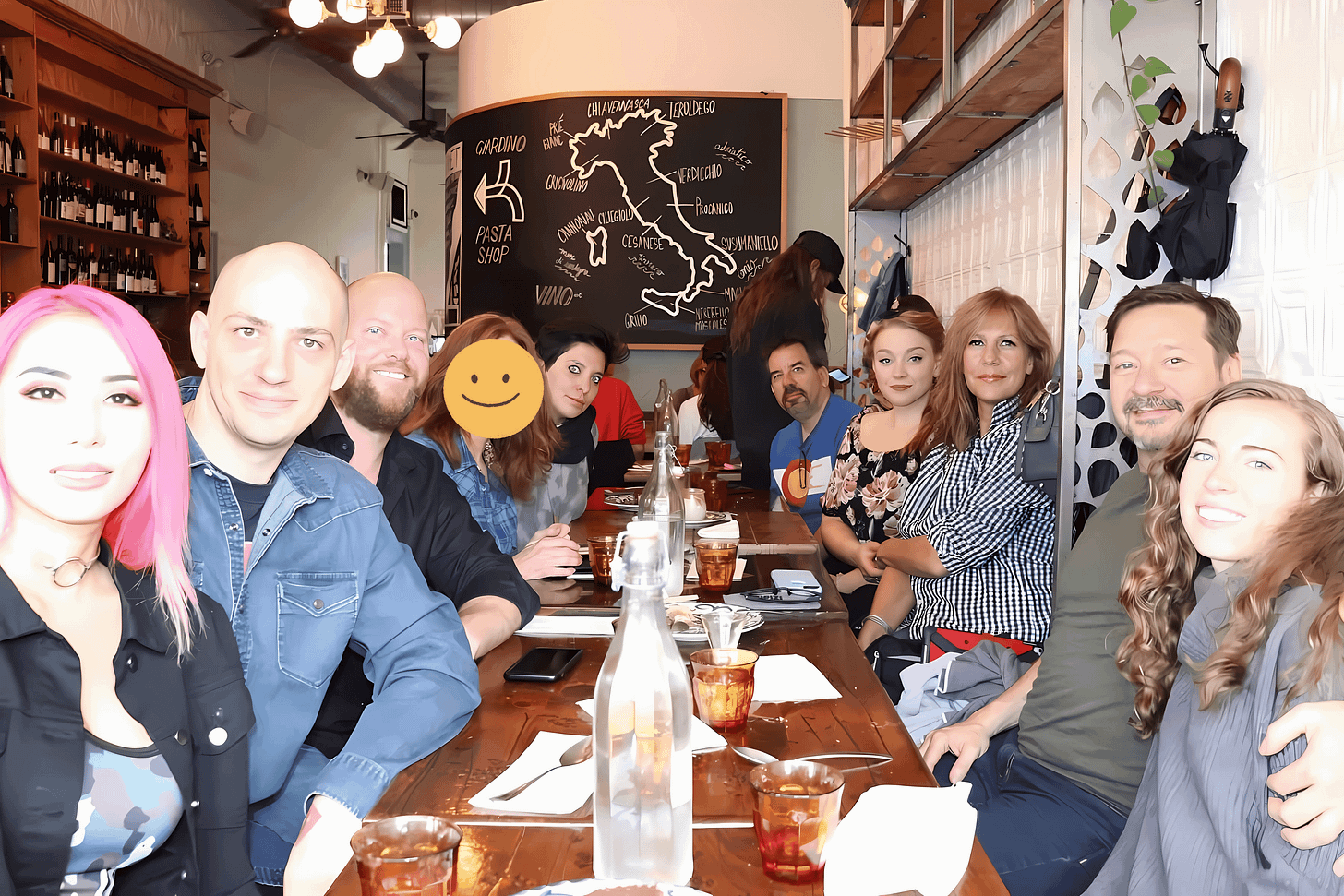

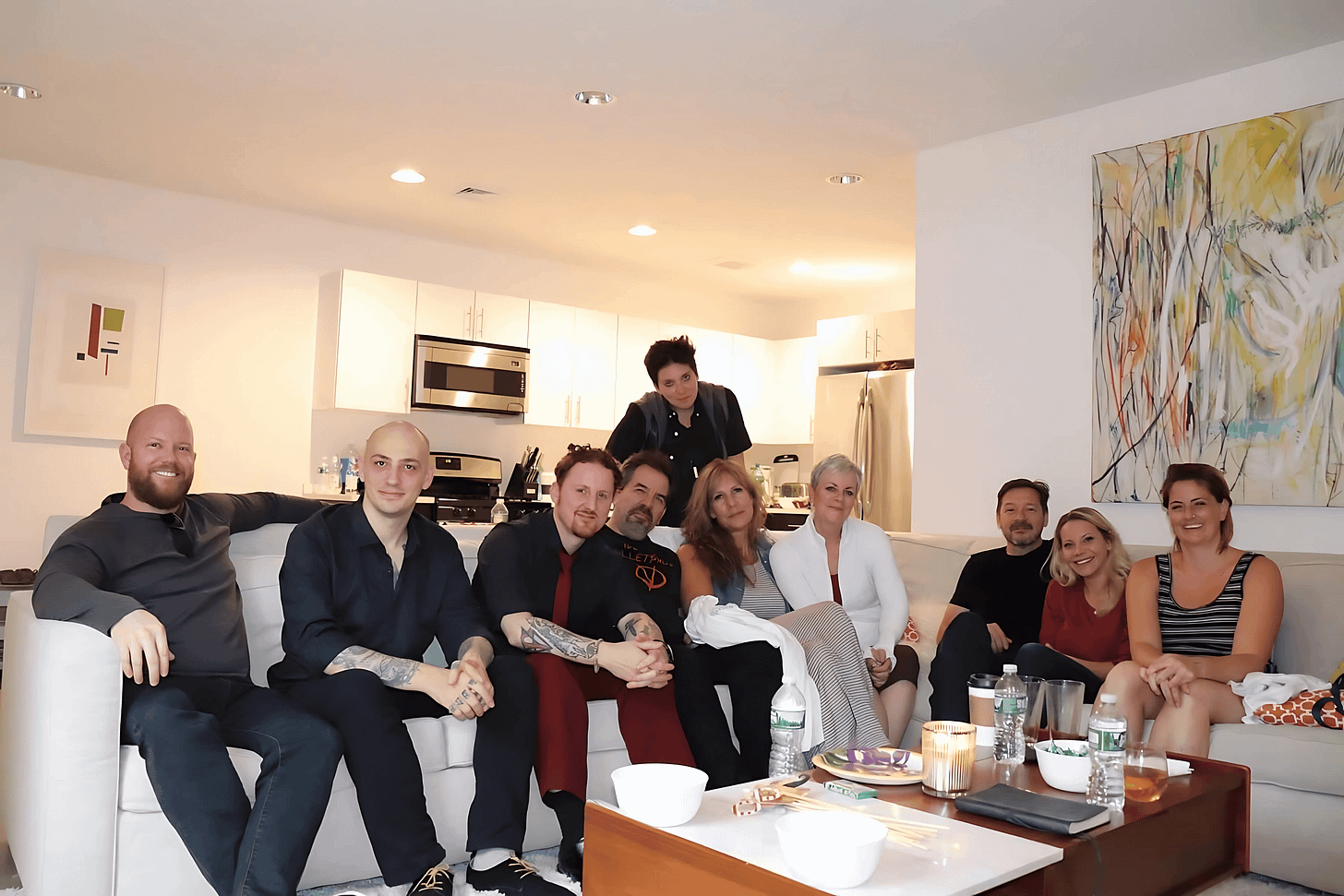


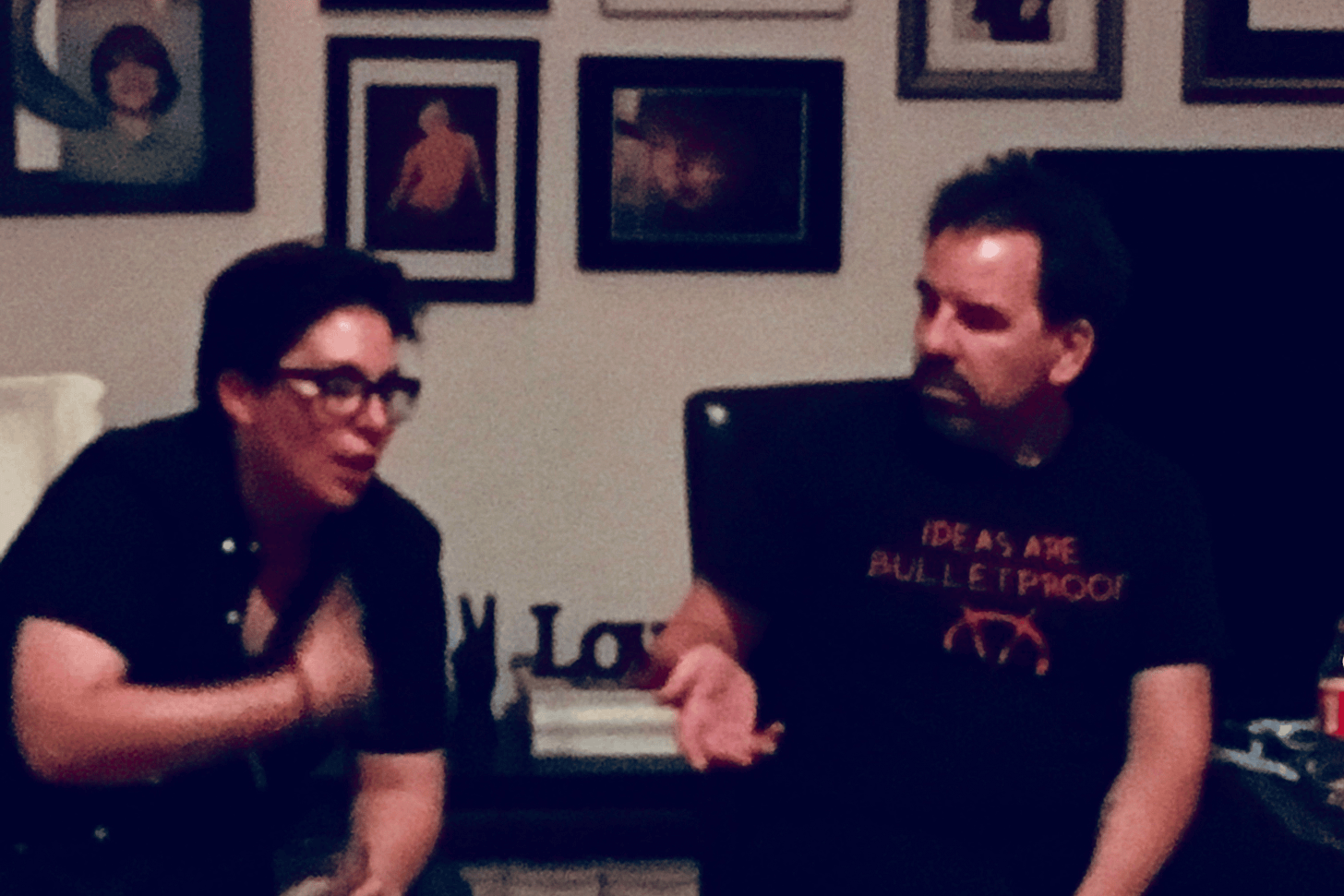

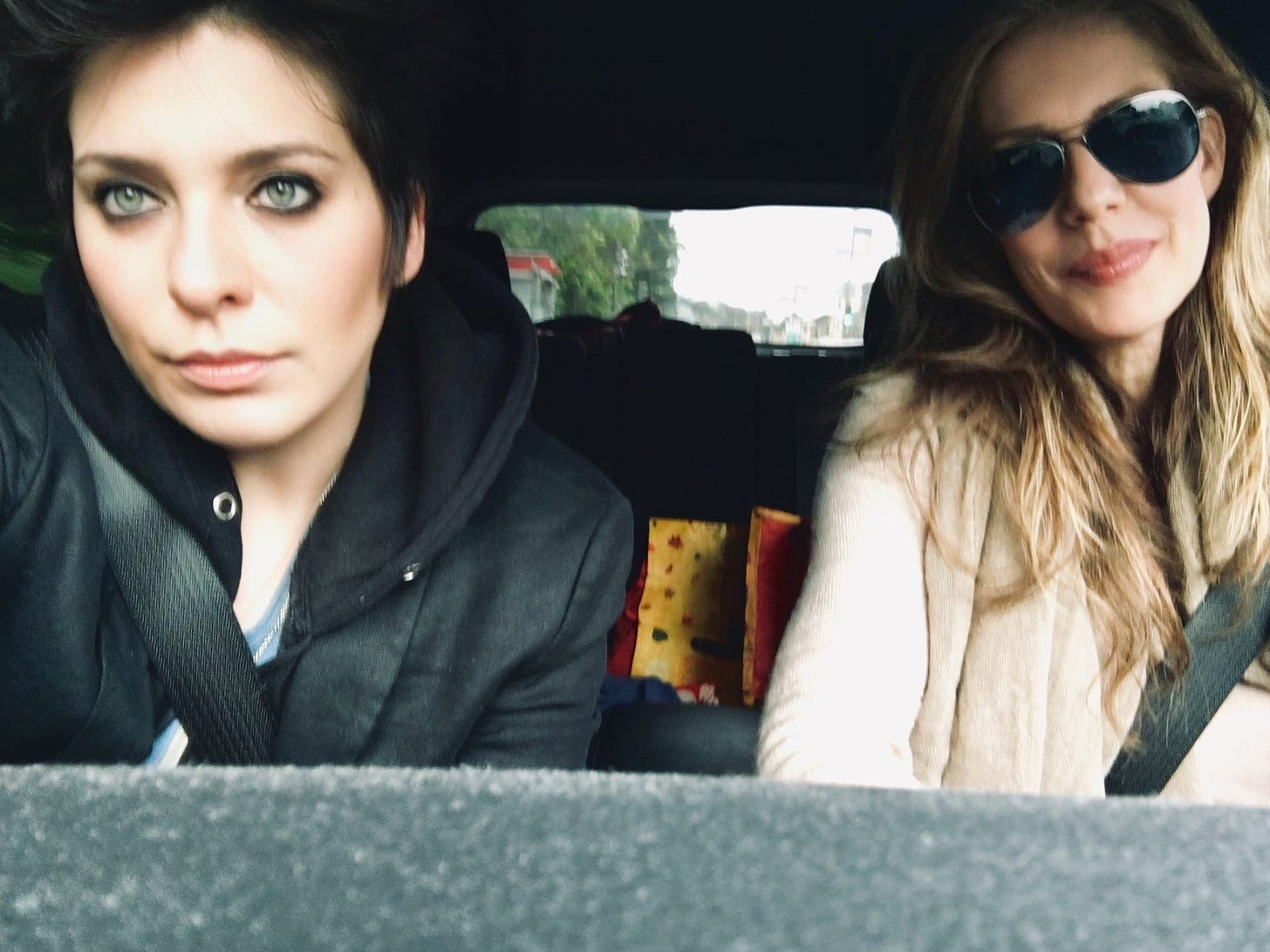
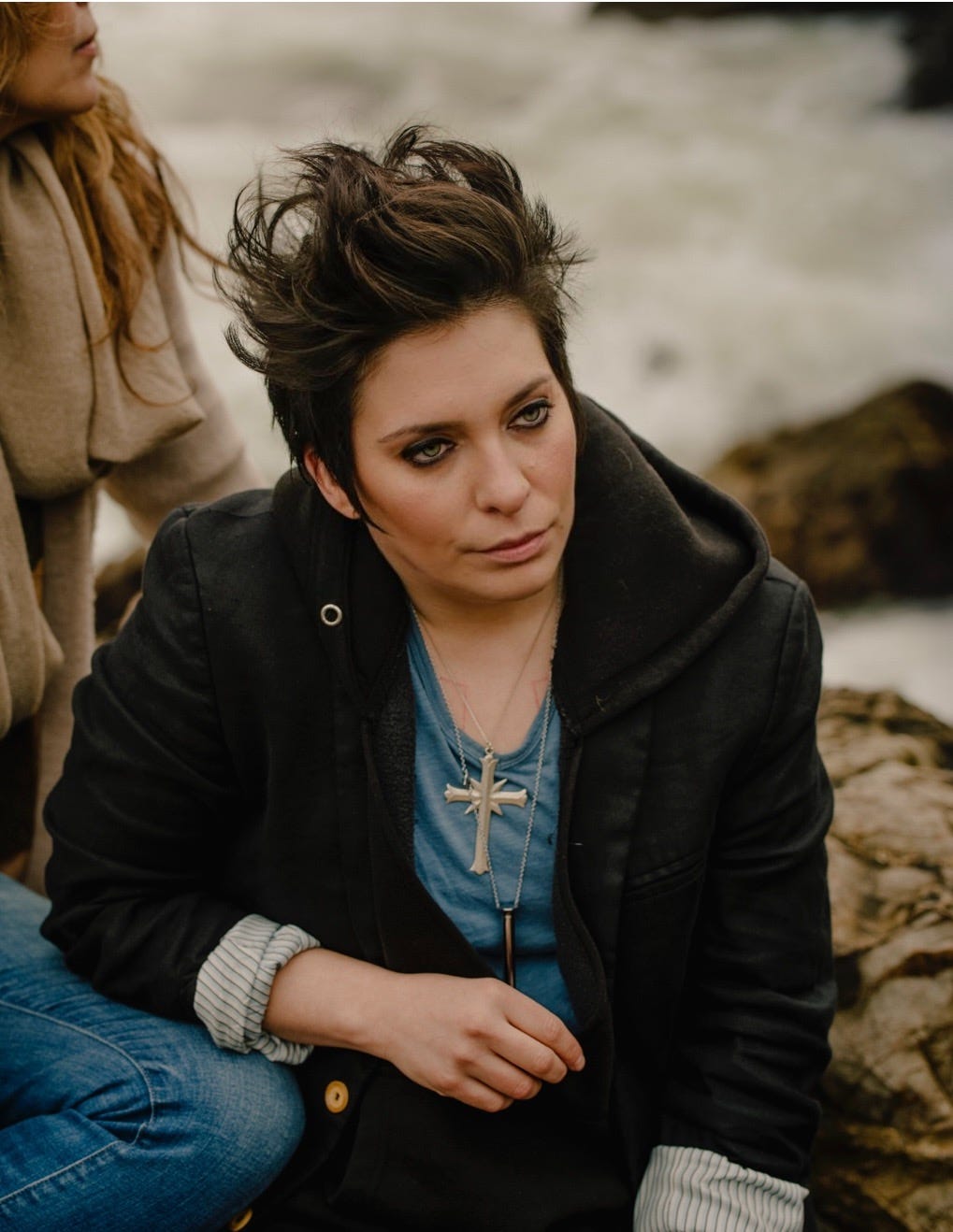





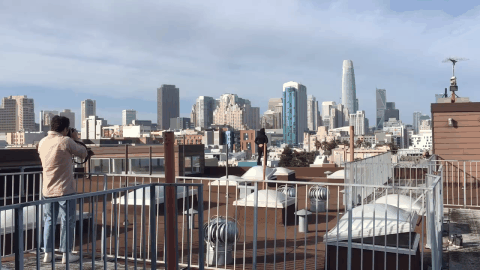
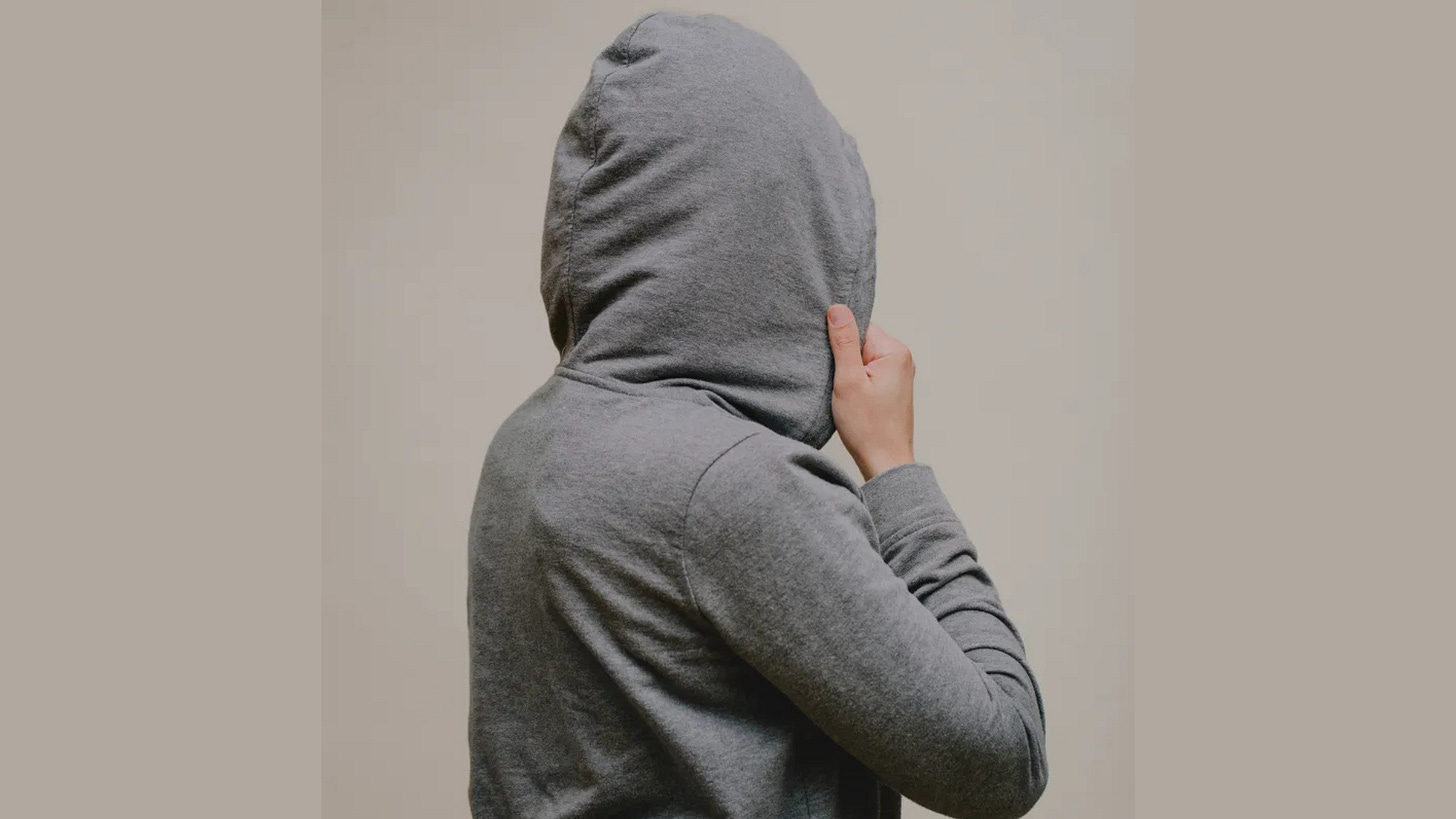
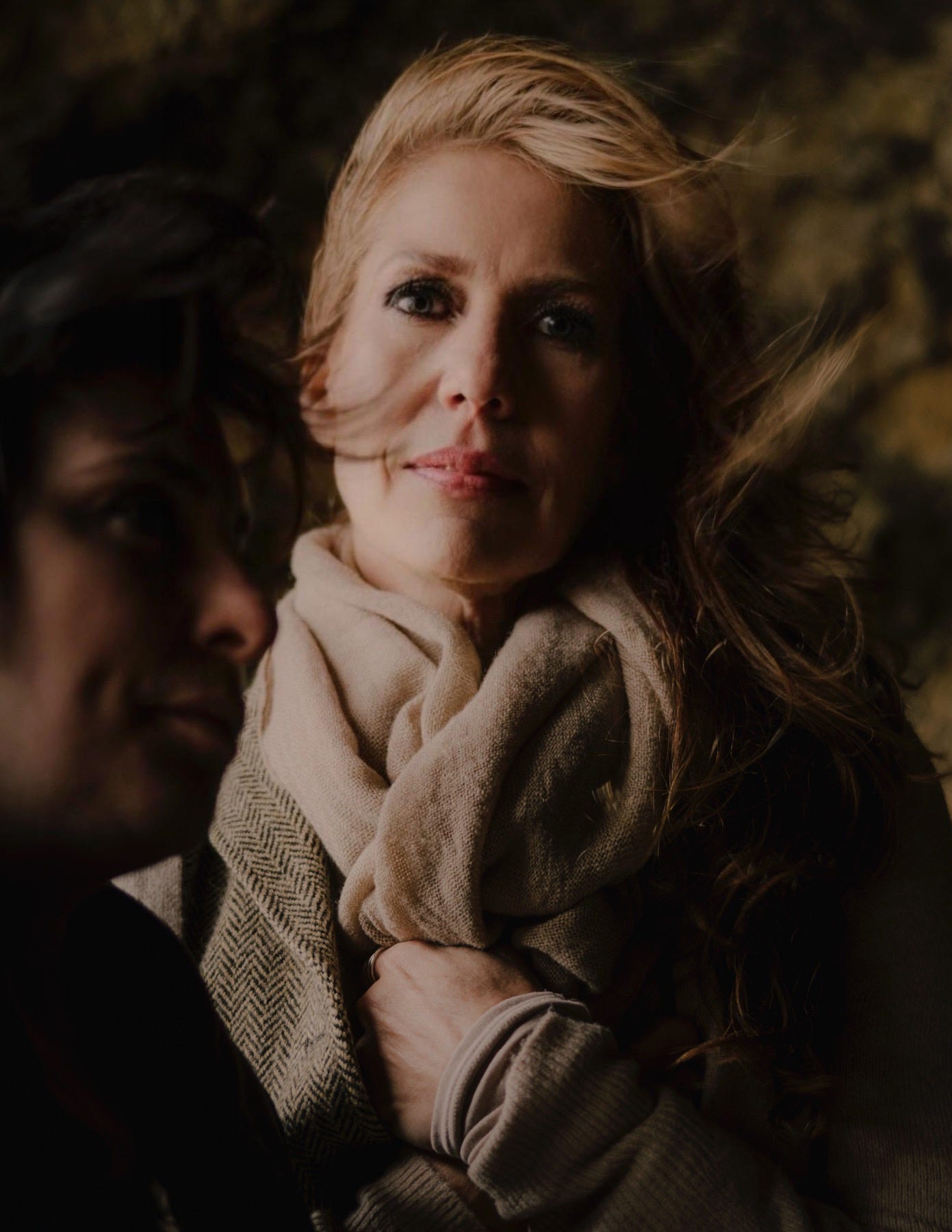

Wish I could have been there. Really great job to explore and recover your emotional life.
I hope you never feel alone.
Always here to listen.
Xoxo